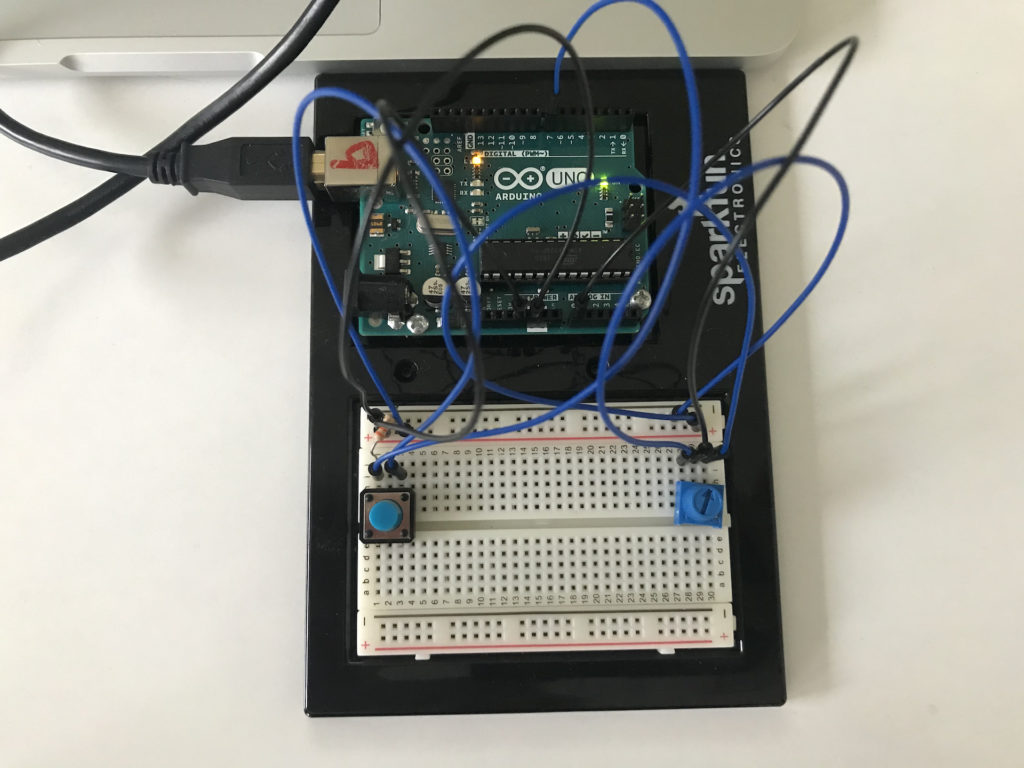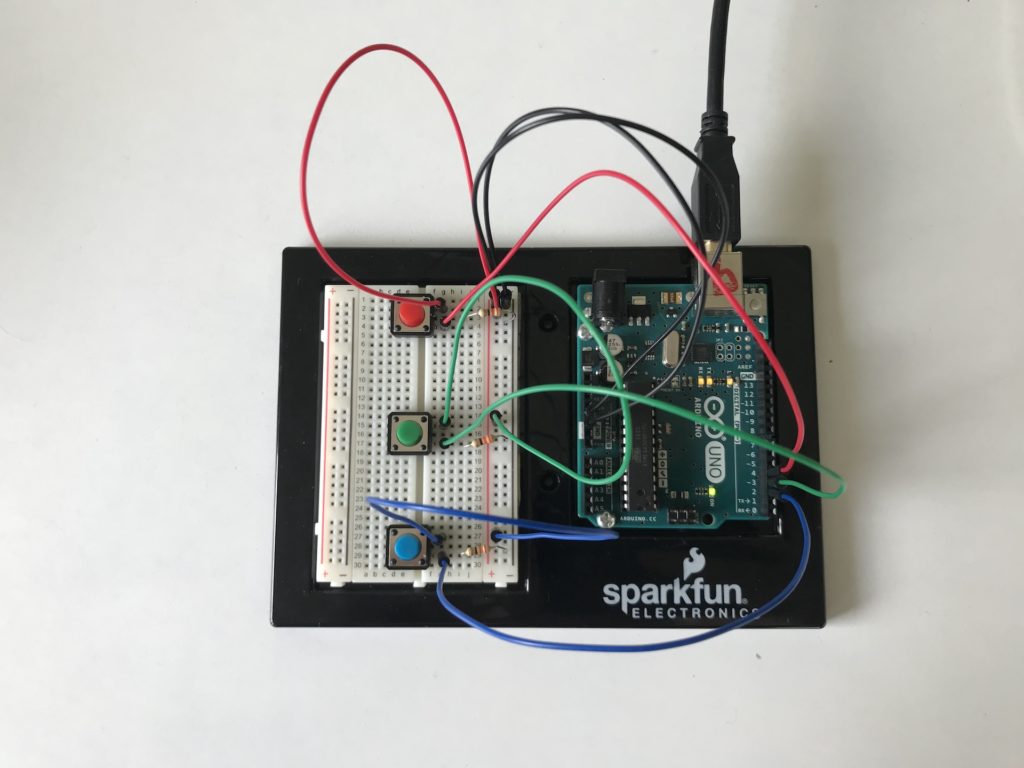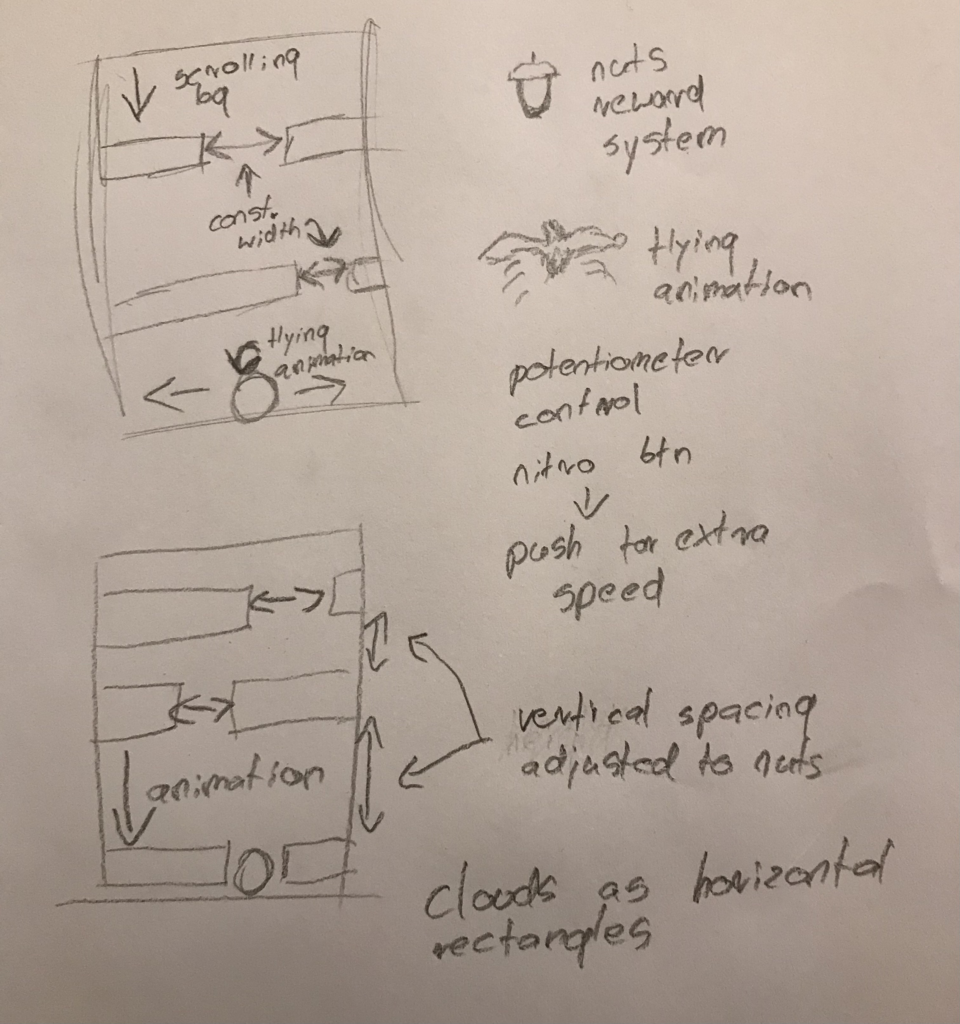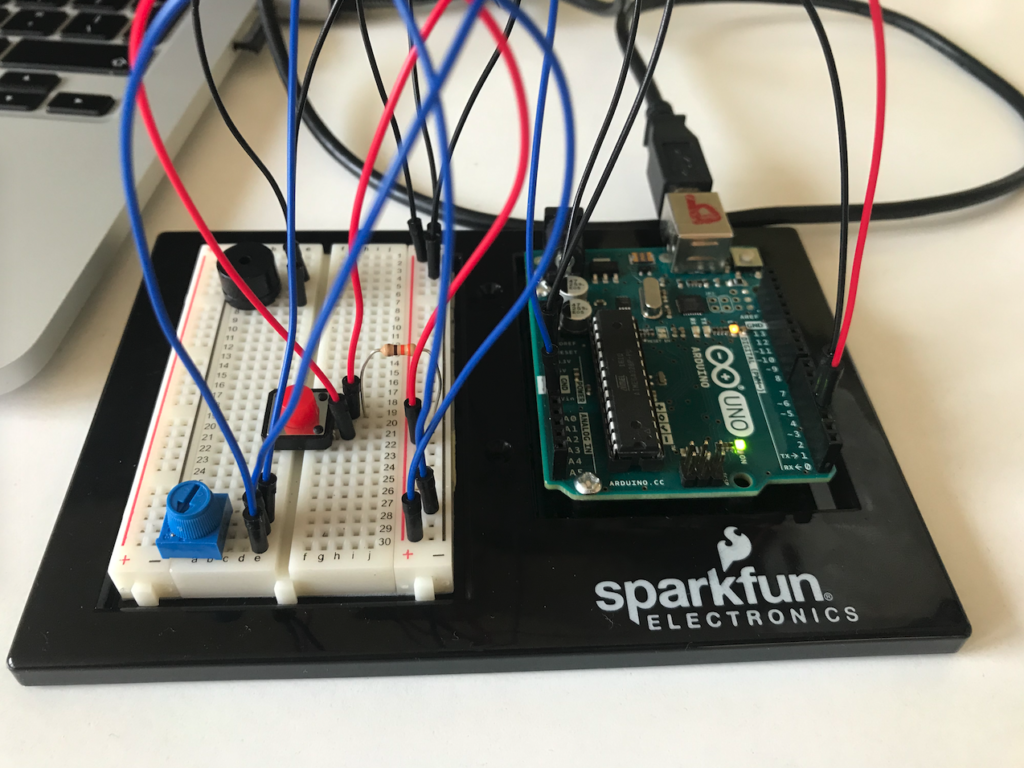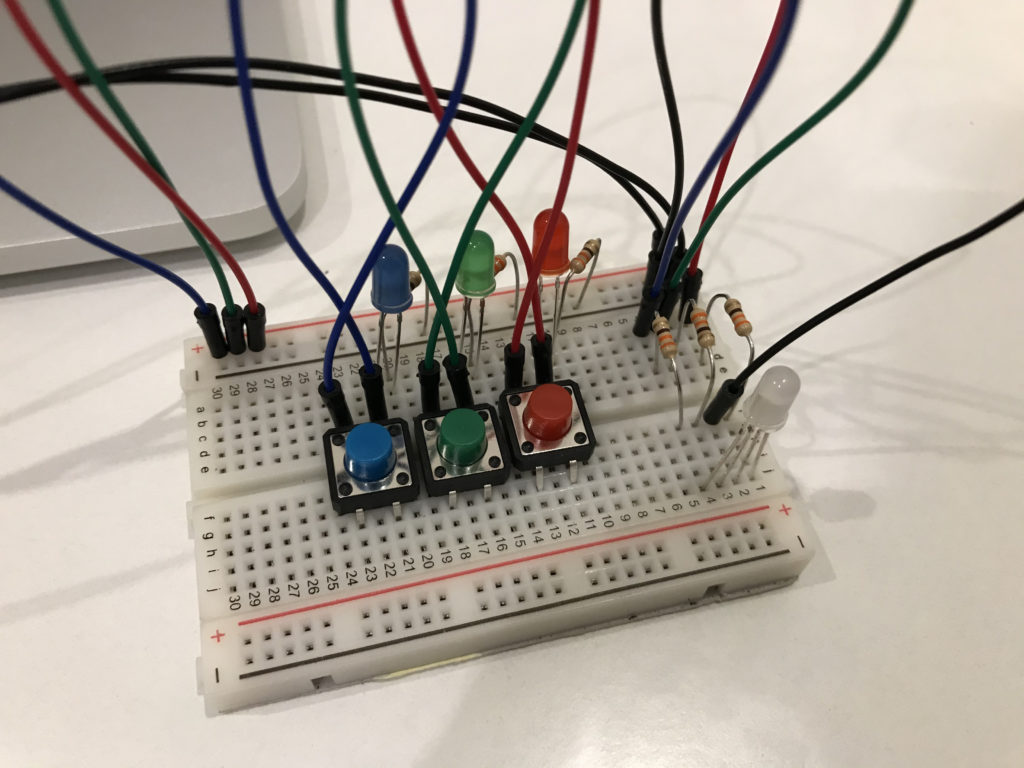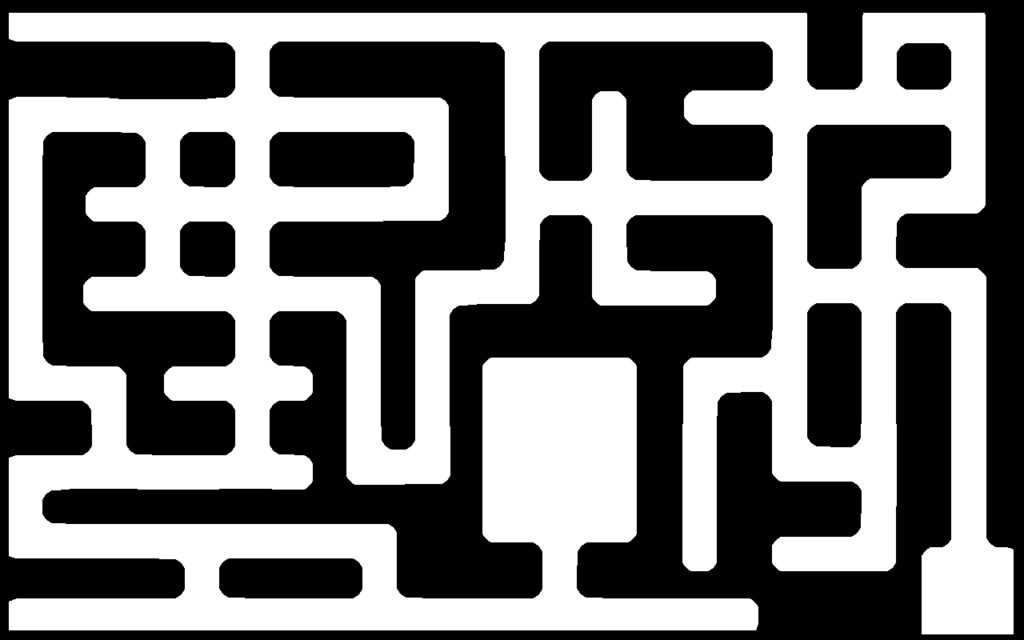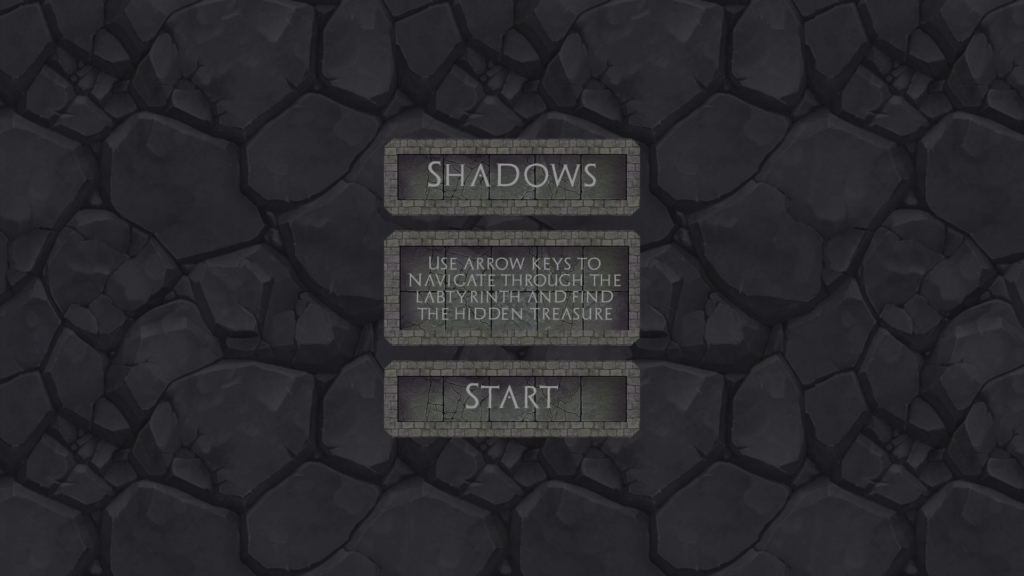For the final project I wanted to go with the arcade vibe of Arduino and create a game.
With simple controls in the form of the potentiometer the game relies on the player controlling a bird, which wants to fly high into the air. On its way, the bird encounters stormy clouds, which it should avoid at all cost. Also, to reward the bird on its adventure, it will encounter some delicious smaller birds, which work as the scoring mechanism for the game.
As the player will collect more points, the animation frequency will increase making the game progressively harder and harder.
To add some spice to the game I introduced a SLOW TIME button, which significantly decreases the animation frequency.
The projects seemed a bit daunting with all the vertical animations and ways of achieving top quality responsiveness from Arduino kit. I smoothed out the potentiometer values and used a single button to control the flow of the game as well as the SLOW MODE.
In my project Arduino provided the input for the bird control. The bird movement was mapped from the potentiometer, which fits the role perfectly. In addition to that, the slow mode button provided a mechanism for slowing down vertical transitions.
The processing layer was responsible for displaying the game as well as the logic. It takes the potentiometer value from Arduino and displays the bird on an according position. It also takes care of the slow mode triggers from the button.
The main challenge of the project was working with all the animations as they change throughout the game. I couldn’t just change the frameRate of the game, as that would case sudden drops in frameRate, rather than make the transition smooth. Therefore I worked around that by introducing the bgFreq which stands for background frequency. That variable controlled the speed at which all the pieces of UI were moving on the screen, depending on the gameScore.
During user testing I played a lot with different parameters of the game. The bird speed, as well as the cloud speed. As discussed in the class I decided on making the bird speed uniform and same as that of the background. That makes it easier for the user to predict the future position of the bird and plan their moves ahead more efficiently, increasing the strategical aspect of the game. The clouds on the other hand vary in speed, adding an extra layer of difficulty to an already difficult game. Arcade games never were easy, so I believe that choice of adding extra difficulty to my game was crucial.
The Arduino setup of the final work:
Footage of actual gameplay:
At last, here is a link to my project if you wanted to play with it yourself:

